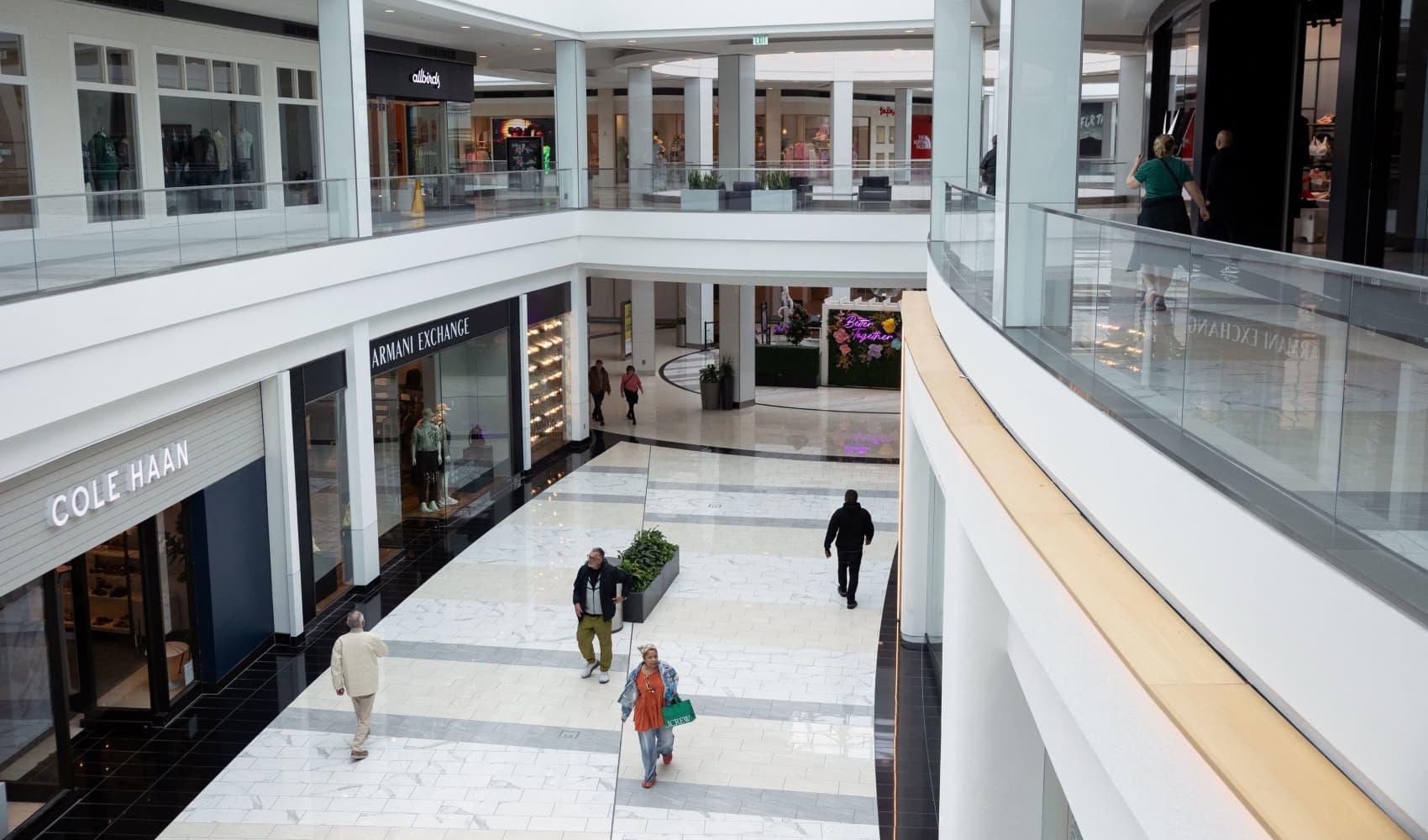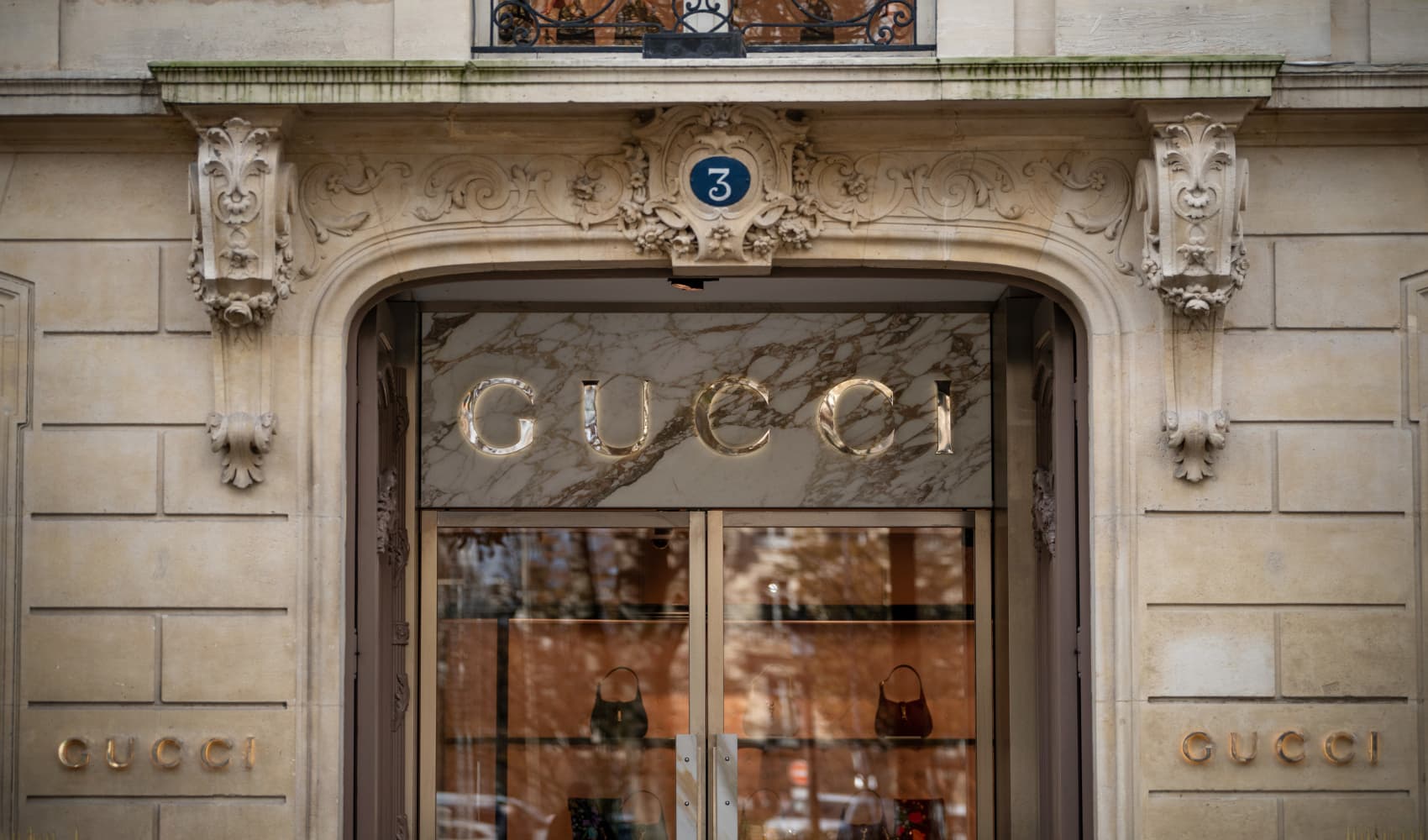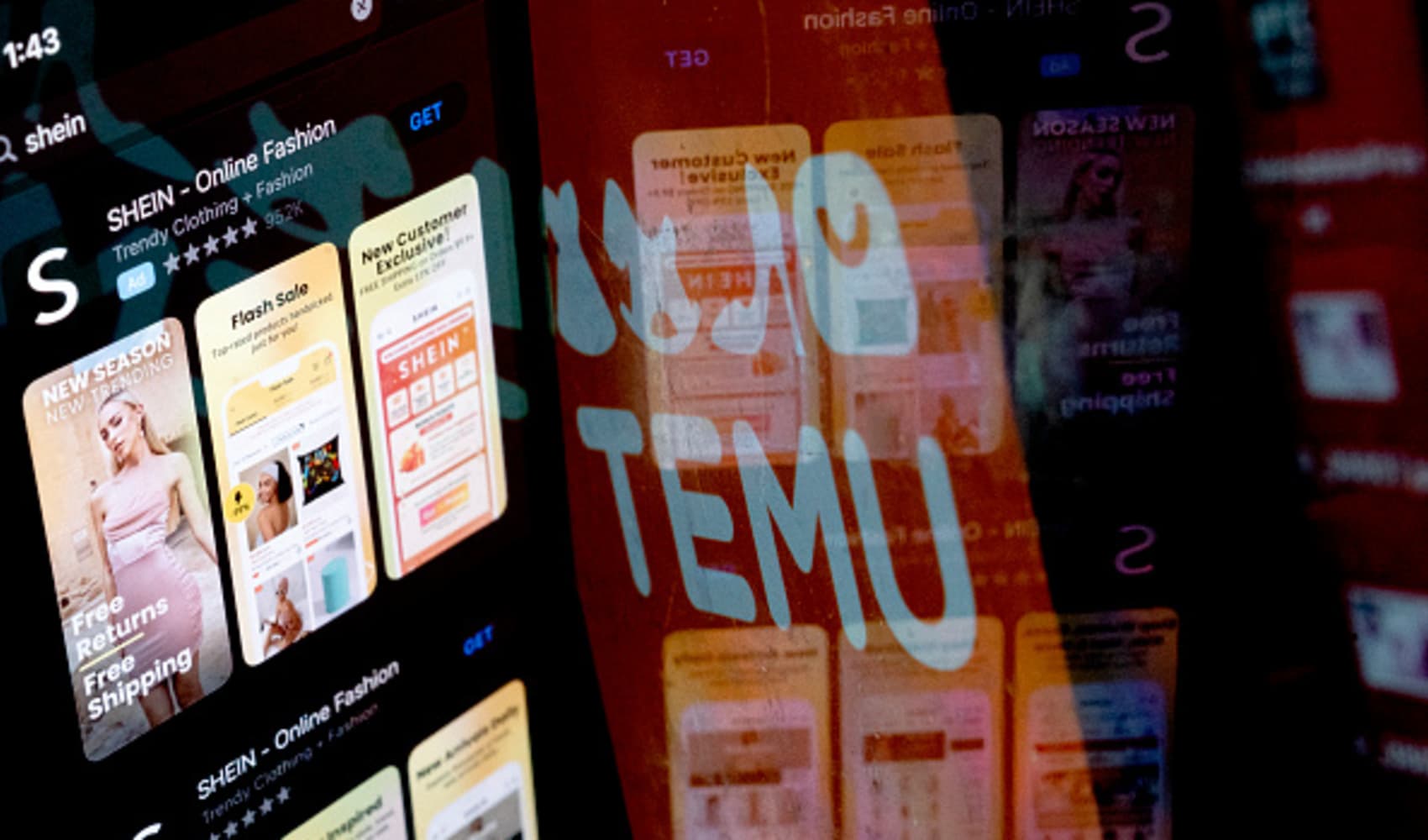Consumer Spending Soars! Tariff Fears Fuel April Buying
Consumer Spending Surges: Tariff Fears Fuel Early April Buying Binge
Introduction: The April Spending Spree - Is it Real Growth or Just a Mirage?
Have you noticed a little extra buzz at the checkout lately? It's not just your imagination! Consumer spending is on the rise, and while that might sound like great news for the economy, there's more to the story than meets the eye. It appears many Americans are rushing to open their wallets in anticipation of impending tariffs. But is this a sustainable surge, or a temporary blip fueled by fear of higher prices? Let's dive into the data and see what's really going on.
Consumer Spending: Up, Up, and Away (for Now)
Data released by JPMorgan reveals that consumer spending in the first half of April has seen a significant jump. Spending climbed approximately 3.8% compared to the same period last year. That's a pretty impressive increase, especially when compared to March's 2.7% growth. But before we start celebrating an economic boom, let's consider the underlying factors driving this spending surge.
Digging Deeper: Discretionary vs. Non-Discretionary Spending
Not all spending is created equal. Discretionary spending, the kind you can control (like that new TV or vacation), rose by a whopping 4.3% year-over-year. Non-discretionary spending, which includes essentials like groceries and utilities, only saw a 2.9% increase. This suggests that people aren't necessarily buying more necessities; they're splurging on items they might not otherwise purchase if they knew prices were about to increase.
The "Trump Tariff Effect": A Race Against the Clock
President Trump's tariff plan is undoubtedly playing a key role in this spending surge. The thought of higher prices down the road is pushing consumers to make purchases now, effectively pulling future demand into the present. Think of it like a flash sale – everyone rushes to buy before the prices go back up, even if they don't necessarily need the item right away.
Locking in Lower Prices: The Psychology of the Consumer
The "fear of missing out" (FOMO) isn't just for social media; it also affects consumer behavior. The prospect of tariffs creates a sense of urgency. Consumers want to "lock in" the current, lower prices before the tariffs kick in and things get more expensive. It's a perfectly rational response to a perceived threat to their wallets.
Economic Growth: A False Positive?
While the increased spending might look good on paper, experts warn against interpreting it as a sign of robust economic growth. As JPMorgan analysts pointed out, this surge could simply be a "pullforward" of spending. It's like taking out a loan from future economic activity. The money is spent now, but it might mean less spending later.
The Pullforward Effect: Borrowing From the Future
Imagine you planned to buy a new refrigerator in six months. But hearing about potential tariffs, you decide to buy it now. That's a pullforward effect. You're essentially borrowing from your future spending to take advantage of current prices. This can create a temporary boost to the economy, but it's not sustainable in the long run.
Big-Ticket Items: The Stars of the Spending Show
It's likely that a significant portion of the spending increase is concentrated on big-ticket items, like appliances, electronics, and furniture. These are the kinds of purchases where a tariff-induced price increase would be most noticeable. Are you planning on buying a new car? Now might be the time, before those tariffs hit!
Durable Goods: A Short-Term Spike
Durable goods, those items that are expected to last for three years or more, are particularly susceptible to the pullforward effect. Consumers are more likely to accelerate the purchase of a refrigerator or washing machine than a bag of groceries, as the potential savings are much greater.
Potential Pitfalls: What Happens When the Tariffs Hit?
The real question is, what happens when the tariffs finally take effect? Will consumers continue to spend at the same rate, or will they pull back their wallets in response to higher prices? The answer will likely depend on the size and scope of the tariffs, as well as the overall health of the economy.
The Consumer Reaction: Will Spending Dry Up?
If prices rise significantly due to tariffs, consumers may reduce their spending on discretionary items, which could negatively impact economic growth. It's a bit of a gamble – are the potential benefits of tariffs worth the risk of slowing down consumer spending?
Inflationary Pressures: The Unseen Consequence
Tariffs can also contribute to inflation. When imported goods become more expensive, businesses may pass those costs on to consumers in the form of higher prices. This can erode purchasing power and further dampen consumer spending.
The Domino Effect: Tariffs, Prices, and Wallets
Think of it as a domino effect: Tariffs increase import costs, businesses raise prices, and consumers have less money to spend. This can create a negative feedback loop that slows down economic growth.
The Bigger Picture: Global Trade and Economic Uncertainty
The surge in consumer spending is just one piece of a much larger puzzle involving global trade, economic uncertainty, and government policy. The long-term effects of tariffs are complex and difficult to predict, but they will undoubtedly have a significant impact on the economy.
Beyond the Numbers: The Human Impact
It's important to remember that behind every economic statistic, there are real people making real decisions. The fear of higher prices, the uncertainty about the future – these things affect people's lives in very tangible ways. Ultimately, economic policy should aim to improve the well-being of individuals and families.
Is This a Sustainable Trend? The Verdict
While the current surge in consumer spending might seem like good news, it's crucial to recognize that it's likely a temporary phenomenon driven by the anticipation of tariffs. It's not necessarily indicative of a stronger, more resilient economy. The long-term consequences of tariffs remain uncertain, and consumers should be prepared for potential price increases and economic volatility.
Conclusion: Navigating the Tariff Terrain - What Does it All Mean?
So, is this April spending spree a reason to celebrate? Not quite yet. The surge in consumer spending is largely driven by the fear of upcoming tariffs, prompting consumers to make purchases now that they might have delayed otherwise. This "pullforward" effect could lead to a slowdown in spending later on, especially if prices rise significantly due to tariffs. While the short-term boost might be tempting, it's essential to understand the potential long-term consequences and to remain cautious about interpreting this trend as a sign of sustained economic growth. It's a complicated situation with a lot of moving parts. Stay informed, be aware of potential price changes, and plan your spending accordingly.
Frequently Asked Questions (FAQs)
Here are some frequently asked questions to help you better understand the impact of tariffs on consumer spending:
- Q: What exactly are tariffs, and how do they affect me?
A: Tariffs are taxes imposed on imported goods. These taxes increase the cost of imported products, which can then be passed on to consumers in the form of higher prices. So, your favorite imported cheese or electronic gadget might become more expensive.
- Q: How can I protect myself from the potential impact of tariffs?
A: One strategy is to anticipate your future needs and make purchases now before prices potentially increase. However, avoid overspending. Also, consider exploring domestic alternatives to imported goods.
- Q: Will all products be affected by tariffs?
A: Not necessarily. The impact of tariffs depends on the specific goods targeted. Keep an eye on news reports and government announcements to see which products might be affected.
- Q: Is this increased spending good for the economy in the long run?
A: While the initial boost to spending may seem positive, the long-term effects are uncertain. If tariffs lead to higher prices and reduced consumer spending, it could potentially slow down economic growth.
- Q: Where can I find reliable information about tariffs and their impact on the economy?
A: Consult reputable news sources, government websites (such as the U.S. Trade Representative), and economic analysis reports from trusted institutions.




